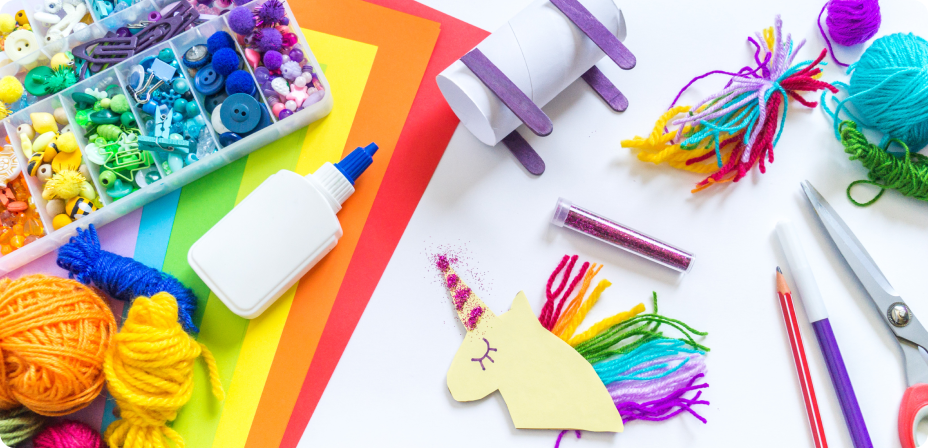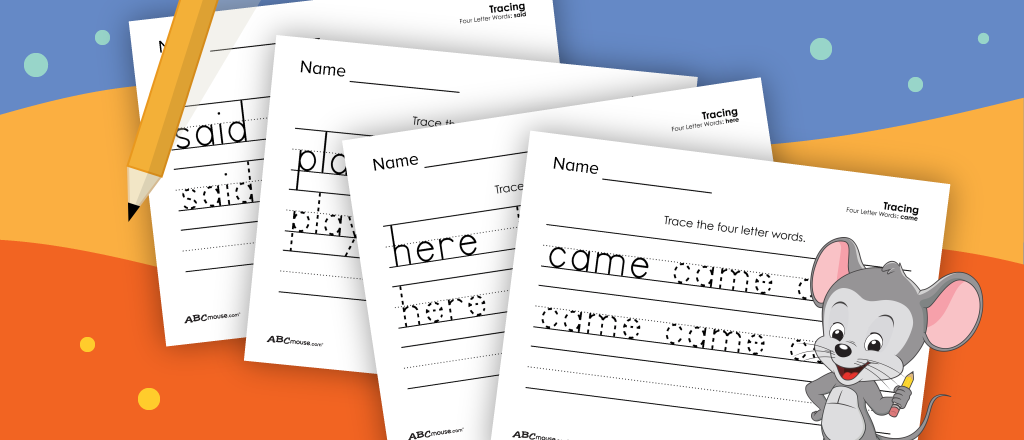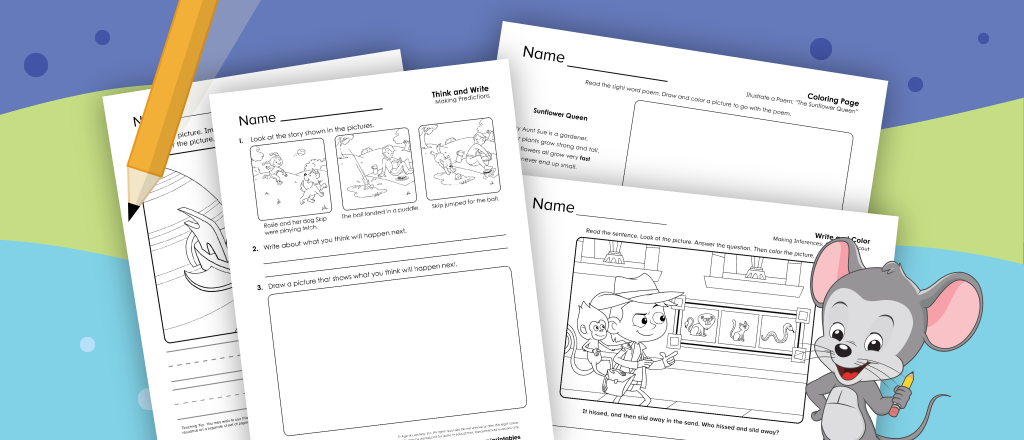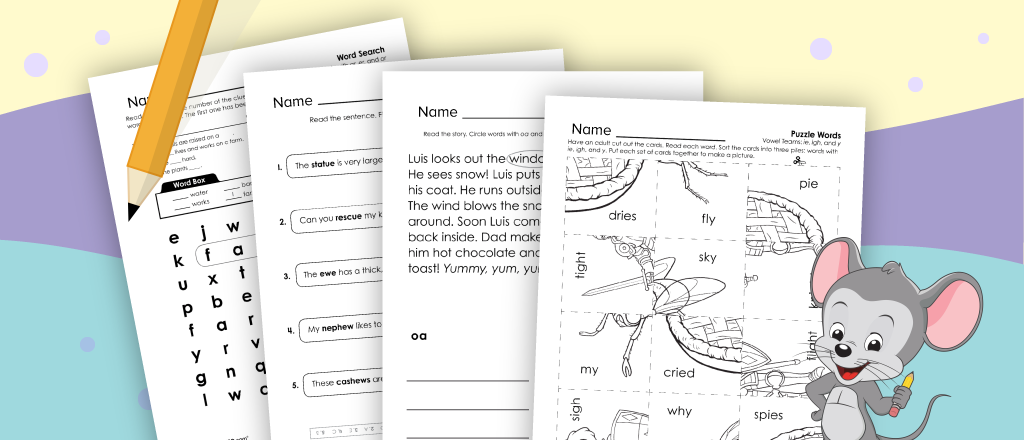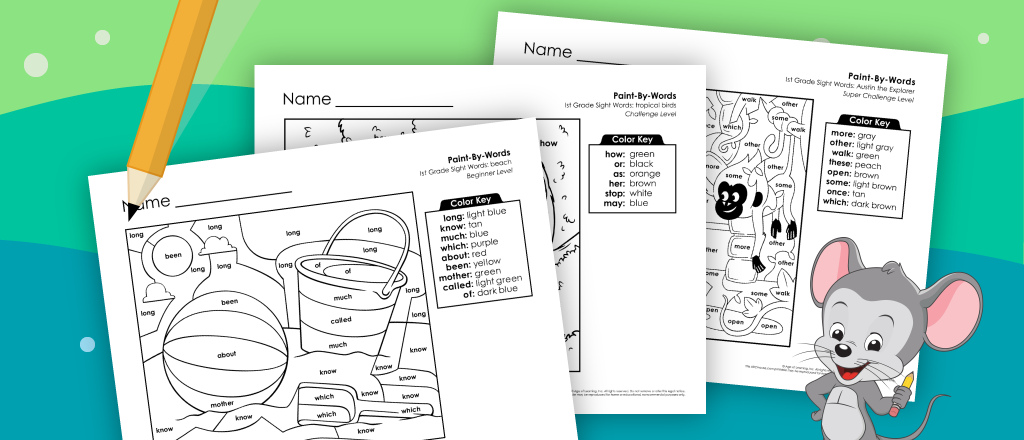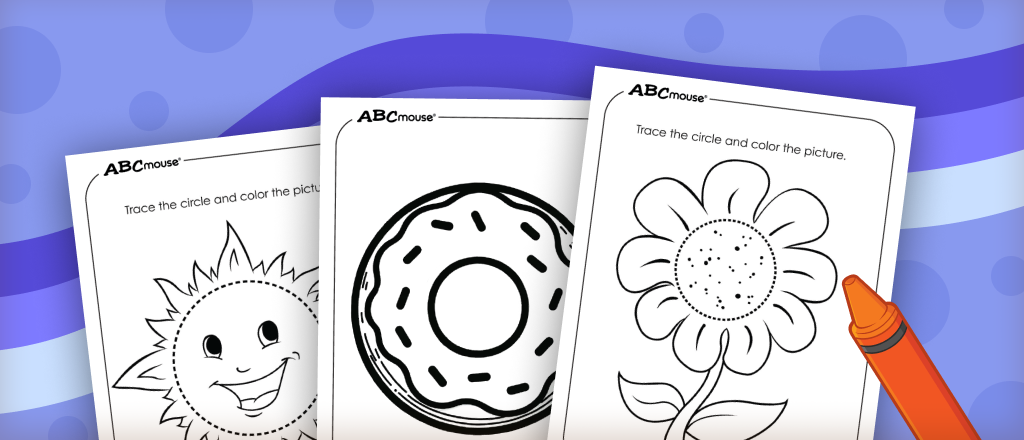Tips For Adding Digital Math Games into Your Child’s Learning

Math is an essential subject to master, and young children are tasked with learning numbers, counting, basic addition and subtraction, shape recognition, and more. While there are many resources available to parents and children to help bolster these foundational concepts, digital educational games, with their interactive and engaging nature, offer a play-based approach to helping young children learn math.
In fact, research suggests that online learning activities can be beneficial to a child’s education. For example, a study published in the American Society of Pediatrics reported that “Evidence of a learning benefit of interactive app use for early academic skills was found across multiple studies, particularly for early mathematics…”
When parents consider adding web-based learning games to their child’s educational tools, they may find it helpful to have a strategy for blending digital games into more traditional methods of instruction. Here are some tips on how to weave online learning games into your child’s math work.
Tips For Using Digital Games in Math Lessons
Encourage Interactive Learning
Look for educational games that engage children in learning, either by selecting or dragging their answers, repeating things out loud, or sorting objects. Active learning can help children to better remember and understand new material.
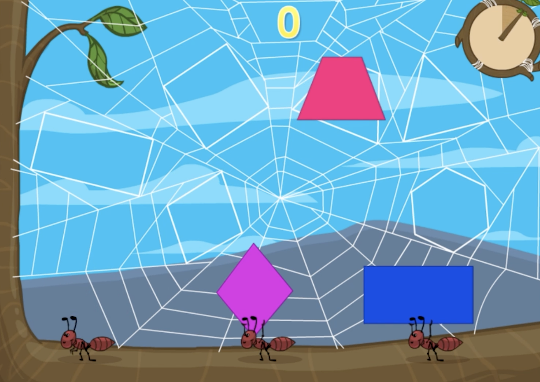
For example, if your child is working on learning shapes, a game like Spider Web Shapes challenges children to pick from several 2D shapes and drag the shapes to the matching sections of a spider’s web, helping the spider complete its masterpiece while children learn various shapes. Not only is this a fun approach to learning shapes, it requires children to actively participate in the game.
Establish a Routine
Include game time in your child’s daily or weekly learning schedule. Aim for short sessions—about 10 to 15 minutes—to keep your child engaged and learning without absorbing too much of their time for other activities or learning.
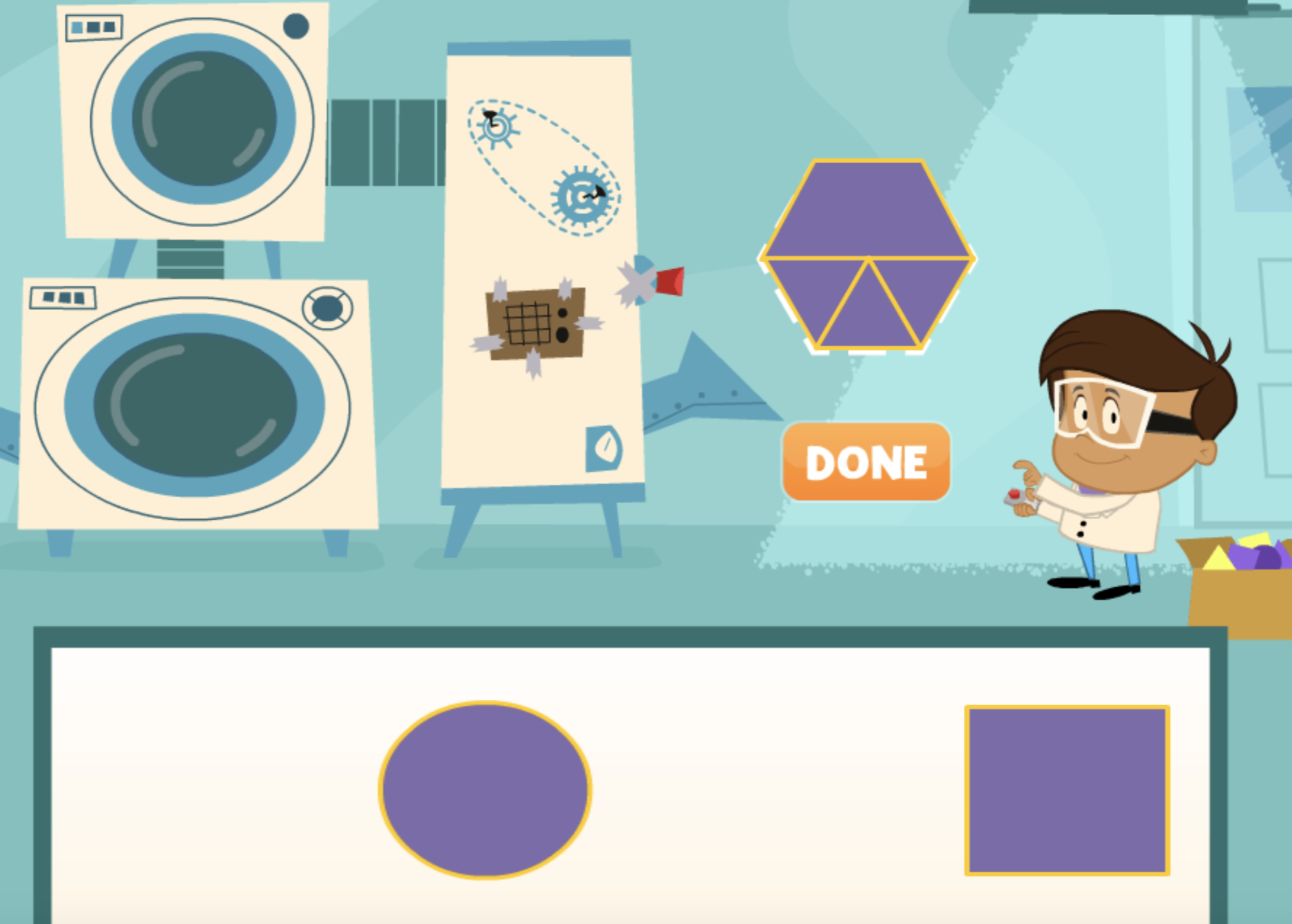
Need a quick math game for your child? Combining 2D Shapes with Ivan takes just a few minutes to play and takes shape learning to the next level as children work to combine simple 2D shapes to create more complex shapes.
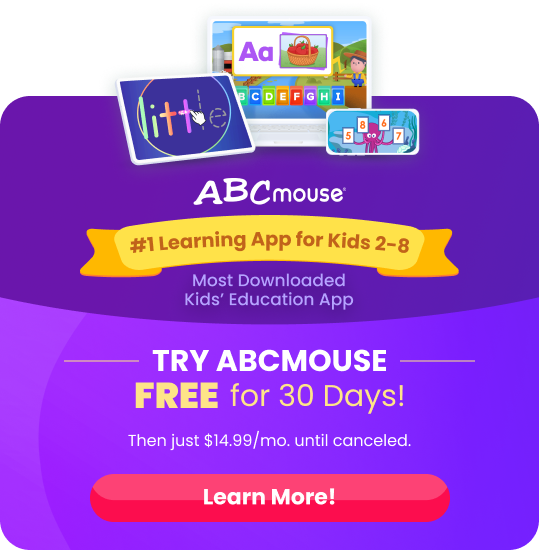
Incorporate Games into Weekly Themes
If you’re planning educational themes each week or trying to match concepts being taught at school, integrate games that explore these topics, giving children variety in the way they learn the material.
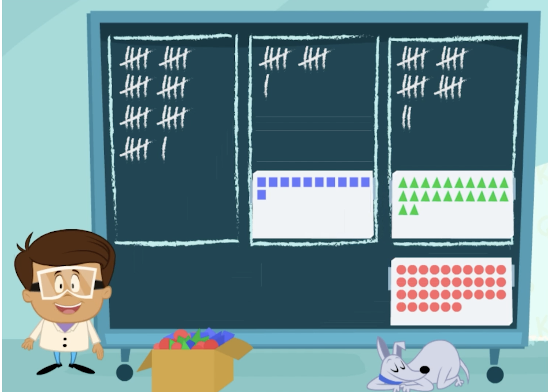
If your child is learning about cardinality, shapes, or one-to-one correspondence the game Ivan’s Tally Time would coincide with these lessons, as children match the number of shapes in Ivan’s boxes to the number of tally marks on a blackboard.
Leverage Repetition Without Boredom
Games naturally embed repetition in their gameplay mechanics, which can be essential for learning foundational skills. However, unlike traditional flashcards or repetitive drills, online games keep the learning process fresh and engaging. Take advantage of this and break up tasks like worksheets or flashcards with a bit of online game play.
By blending digital educational games with more traditional learning activities, parents can provide a more comprehensive educational experience that can promote both digital literacy and fundamental math skills. This blended approach not only makes learning more dynamic but also prepares children for a future where technological proficiency is essential.
Related Activities
-
ABCmouse vs Homer
Compare ABCmouse vs Homer to find the best educational app for your child aged 2-8. Explore subjects, safety, content, and tools designed for a tailored learning…
-
Word Tracing Worksheets for First Grade
Enhance your child’s writing and spelling skills with first-grade word tracing worksheets. Featuring a variety of 4-letter words, these worksheets are perfect for vocabulary introduction and…
-
Reading Comprehension Worksheets for First Graders
Enhance your first grader’s reading comprehension skills with these fun free printable worksheets from ABCmouse.com. Dive into short passages and poems, encouraging them to read and…
-
Vowel Worksheets for First Grade
Boost first graders’ vowel knowledge with free printable worksheets on long sounds and more. Perfect for phonics learning, these activities enhance reading skills. Explore a range…
-
Color by Sight Words – 1st Grade
Explore free PDF printables of Color by Sight Word Worksheets for 1st graders to boost word recognition & coloring skills. Including these and other sight words:…
-
Circle Coloring Pages
Discover a meaningful way for kids to engage with Memorial Day through free printable coloring pages featuring patriotic symbols and honoring military heroes. Ideal for family…

